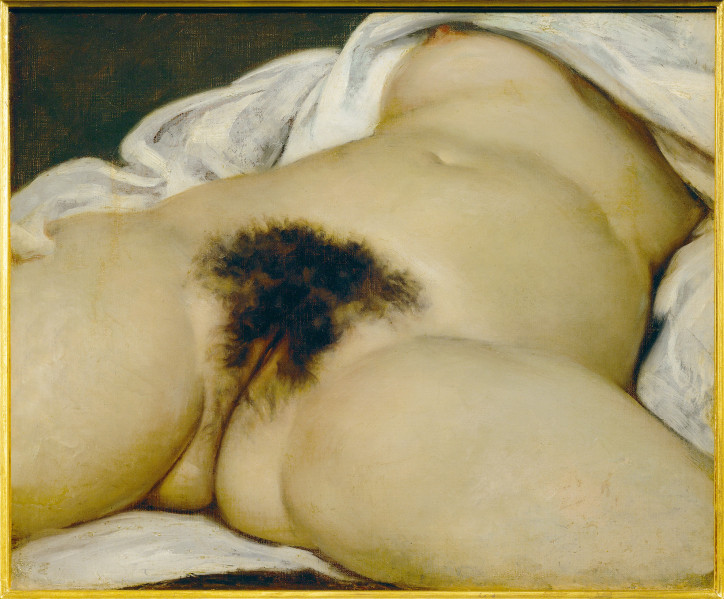
The sight of a naked body is no longer scandalizing. But does it still inspire awe? We present art history’s most famous nudes.
In the nearest future, we should most likely not expect a serious scandal in the art world. We live in a somewhat blasé era: everything can be shown, and we have already seen it all. We can hardly expect artistic excitements related to the human body. The more carefully it is covered, inaccessible, religiously or socially restricted, the more desirable, but also ambiguous and suspicious, it becomes. Pornography – professional and amateur, in hundreds of varieties and categories – is instantly available. In the blue light of our screens we satisfy ourselves with naked bodies in all configurations. And yet, such intimate contemplation cannot compare with the experiences of the Ottoman diplomat Khalil Bey, who kept L’Origine du monde, in his bedroom, behind a green curtain.

Giorgione, “Sleeping Venus”, ca. 1510, Gemäldegalerie Alte Meister in Dresden
Gustave Courbet’s famous 1866 painting depicts the genitals and abdomen of a naked woman. The artist, following the entire realistic tradition, rendered anatomical detail with fleshy strokes and, simultaneously, with cool precision. French researchers recently discovered that Khalil Bey’s mistress, the dancer Constance Queniaux, sat for the painting. The model is unrecognizable. Her face is not visible, but her vulva is exposed, including pubic hair, which has always been taboo in painting. The framing and attention to detail are the most obscene elements of the painting: Courbet depicted what, until then, painters had covered with a loincloth, or justified by mythological or historical context. It is not so much a faceless woman, but her objectified








